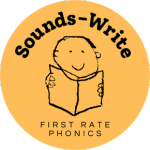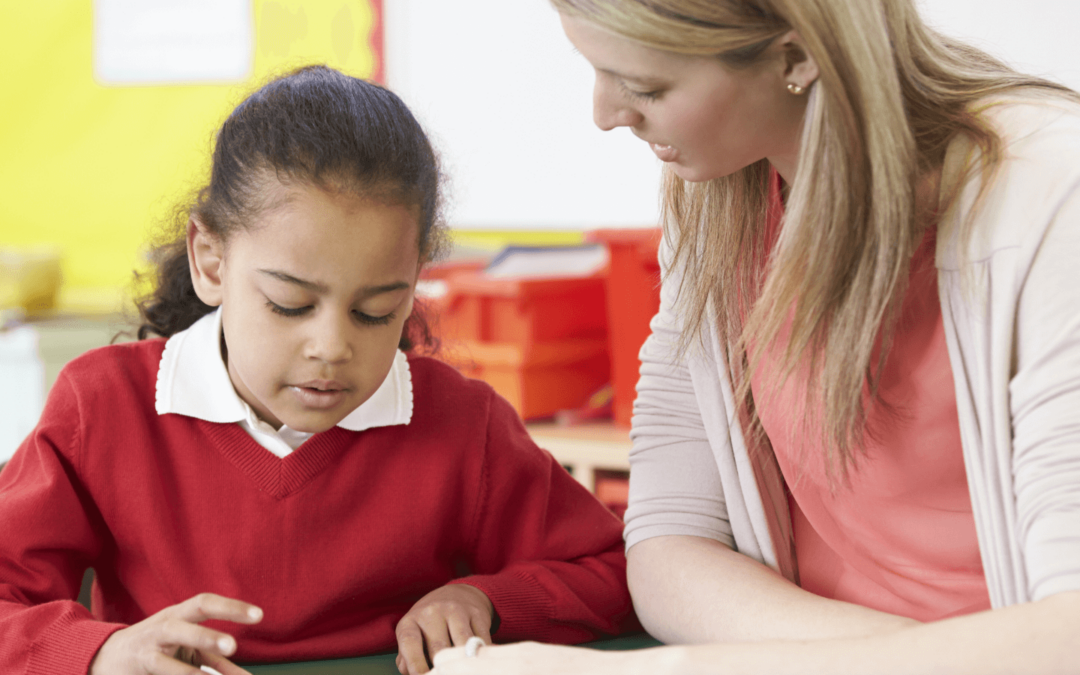CEO, John Walker, reflects on the history and purpose of the phonics screening check and shares his advice for educators looking to support their students going forward.
Twelve years on and after much initial opposition, English schools have just run the latest iteration of the Phonics Screening Check. So taken for granted is it these days that there is hardly a murmur raised in opposition.
In fact, it is now also one of England’s best exports. South Australia adopted the Check in 2017 and other states in Australia are busy mulling over whether to implement it across the board as we have done here.

Described as a ‘light touch’ assessment of reading by the Department for Education, it is exactly that. It is an early screener to check that children are not going unnoticed by falling through the cracks.
By the end of Year 1, all children in England have to take the Check and pass the threshold set for the assessment of 32 correct responses to 40 items. Of those 40 items, 20 words are non-words and 20 are real.
This year, exactly half of the words were made up of Initial Code sound-spelling correspondences (SSCs) in the Sounds-Write sequence: 15 in Section 1 and 5 in Section 2. 16 of the words were made up of more complex Extended Code SSCs; and, there were four polysyllabic words, three of which contains Extended Code spellings.
The Check has now settled into a fairly predictable format, though the developers have clearly understood the need to test children’s ability to be able to read words containing consonant clusters. In fact, no fewer than 24 of the 40 words were comprised of consonant clusters – a big incentive to ensure teachers are having students practise the skills of segmenting, blending and phoneme manipulation.
In all, there were 14 CVC and 2 CV words to read. Of the two CV words, I thought that the non-word ‘bew’ was quite hard because the spelling < ew > could be read as /oo/ or /ue/ (/b/ /y/ /oo/). I’m guessing that most children read it as /oo/.
We were also wondering whether the compilers of the check think that the non-word ‘quish’ is a CVC word, whereas in fact it is a CCVC word, < q > an < u > representing separate sounds. In addition, we also wondered whether the compilers believed that the spelling < n > in the non-word ‘blenk’ represented the sound /n/, whereas it represents the sound /ng/.
The non-word ‘ild’ could also have been difficult for some in that a vowel followed by the sound /l/ can sometimes slightly distort the vowel sound. It would be interesting to see how many children stumbled over this.
Of course, as we have consistently argued, children’s ability to segment and blend adjacent consonants is fairly thoroughly tested in the 24 words in which they appear. They were 1 VCC, 4 CVCC, 7 CCVC, 4 CCVCC, 4 CCCVC, the most difficult being words with the structure CCVCC and CCCVC.
There’s no doubt that the job of teaching children to read and spell from the moment they enter school requires cooperation between Reception and Year 1 teachers. By the end of Reception, children should be able to read fluently words with the structure CVCC and CCVC . Some children may need much more continued practice with more complexly structured CCVCC and CCCVC words well into Year 1 and teachers should be using our Word Building, Word Reading and Sound Swap lessons to improve accuracy and fluency. Extra practice can be woven into the Review part of Sounds-Write sessions even as the Year 1 teacher teaches the Extended Code.
If teachers follow our planning advice and teach up to Unit 26 of the Extended Code during Year 1, all the code presented in the 2024 Check will have been covered with the possible exception of the spelling < ph >, which we recommend you should always teach tangentially in Unit 4 (‘phone’).
Initial Code
Of the 20 Initial Code words, 11 are nonsense words and 9 are real words.
Extended Code: 20 spellings
- 2 /ae/ words in Section 2: < a-e > in ‘sprace’ and < ay > in the polysyllabic word ‘relay’.
- 5 /ee/ words: 2 < ee > spellings in Section 1 in ‘deeg’ and ‘sleen’; and, 2 spellings of /ee/ in Section 2: 1 split spelling in ‘cheve’ and 1 < ea > spelling in ‘sneak’; and 1 < e > spelling in the polysyllabic word ‘relay’ (unit 2).
- 2 /oe/ words in Section 2: < oa > in ‘froast’ and < o-e > in ‘doze’ (Unit 4).
- 2 /er/ words in Section 2: < ur > in ‘curl’ and < er > in the polysyllabic word ‘crackers’ if sounded out precisely as /er/. Otherwise, the spelling represents a schwa. (Unit 6 )
- 2 /oo/ word in Section 2: < ew > in ‘bew’ (which could be read as /b/ /y/ /oo/) and < u-e > in ‘clune’ (Unit 10 0r Unit 21).
- 1 /ie/ word in Section 2: < i-e > in ‘stripe’ (Unit 11).
- 1 /s/ word in Section 2 in ‘sprace’, which could be coded < s > < p > < r > < a-e > < c > or < s > < p > < r > < a > < ce > (Unit 16).
- 2 /or/ words in Section 1 both spelled < or > in ‘sort’ and ‘corns; and 1 in Section 2 spelled < au > in ‘baup’ (Unit 19).
- 1 /oy/ word in Section 1 spelled < oi > in ‘doilt’ (Unit 23).
Polysyllabic words:
There are four polysyllabic words, of which one is comprised entirely of Initial Code sound-spelling correspondences. The other three all contain Extended Code spellings.
To summarise
Children experiencing difficult segmenting and blending words containing adjacent consonants will need continued support, both in Whole Class settings and, if necessary, as an intervention.
Teachers should not be waiting until the start of Year 2 before offering extra support to pupils not achieving the threshold and steps should immediately be put in place to ensure results are analysed and gaps in knowledge and/or skills are filled.
Year 2 teachers should be fully briefed about where they are starting in the Extended Code – ideally, this will be on Unit 27 – and which students need further support/intervention.
You may also like…
Sounds-Write in Schools: Twynyrodyn Community School in Wales
Read this blog to get a glimpse of Sounds-Write in action and read Tita’s best practice tips.
PSC...What Now?
Find out how the phonics screening check results can help to inform the next steps for teachers and learners.
Our Training
We offer training to school and home educators. Learn how to teach children to read, write and spell through our Flagship Practitioner Training Course




